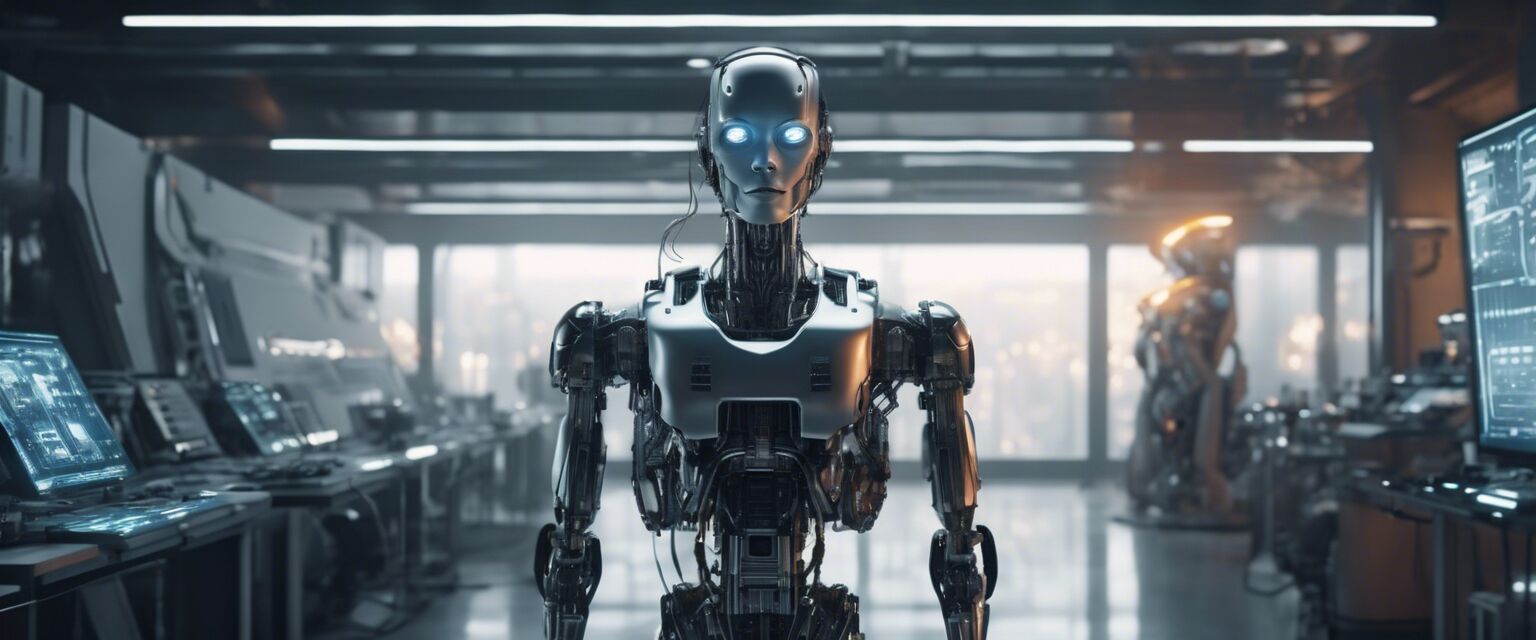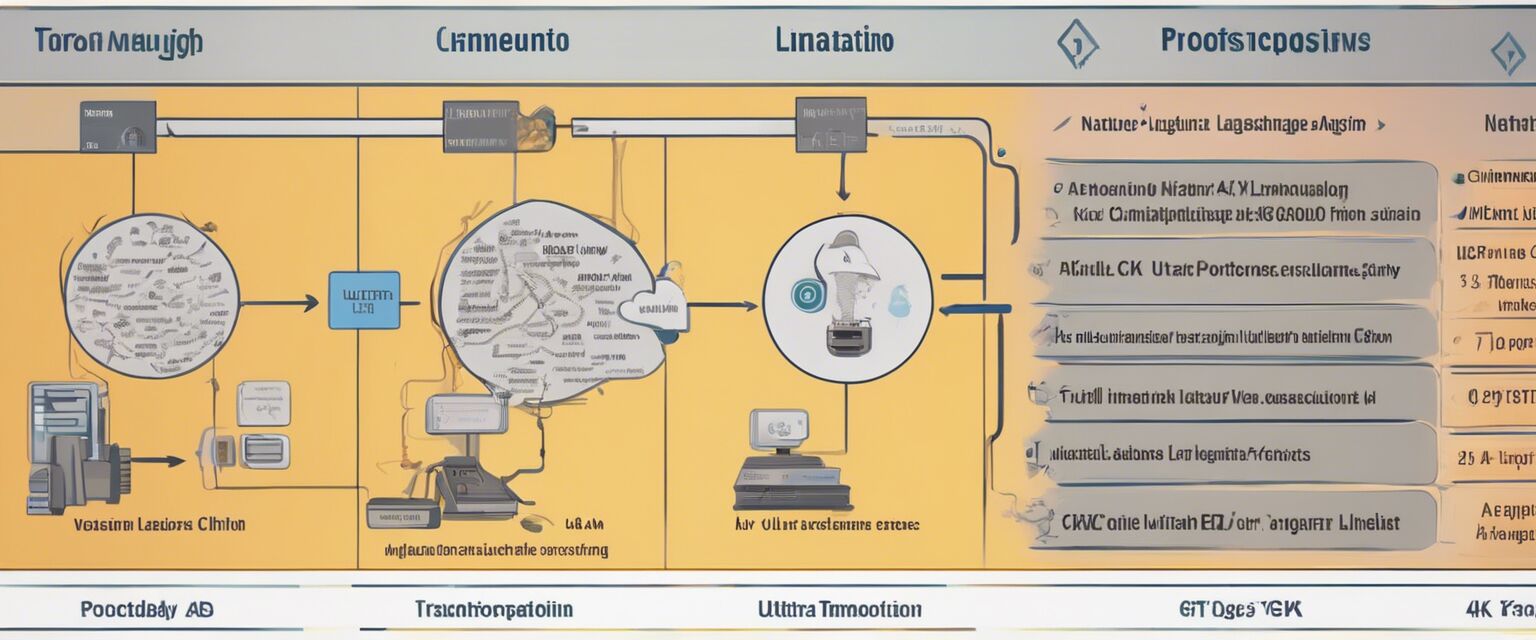
Future Trends in AI and Automation
Key Takeaways
- The integration of AI in everyday tasks will continue to expand.
- Automation tools will enhance productivity across various industries.
- Future AI models will focus on ethical considerations and data privacy.
- Robotics will evolve to perform complex tasks in unpredictable environments.
- Smart home devices will increasingly rely on AI for seamless operation.
The world of artificial intelligence (AI) and automation is evolving at a breakneck pace. As businesses and individuals alike look to enhance their productivity and streamline their operations, understanding the future trends in these technologies is essential. In this article, we will delve into the upcoming advancements that will shape the landscape of AI and automation, providing insights into what to expect in the coming years.
Emerging Trends in AI and Automation
1. Enhanced Natural Language Processing (NLP)
Natural Language Processing (NLP) has already made significant strides in recent years. Future advancements are expected to make interactions with machines even more intuitive and human-like.

2. AI Ethics and Governance
As AI systems become more integrated into various sectors, ethical considerations will play a crucial role. Organizations will need to establish governance frameworks to ensure responsible AI use.
3. Automation in the Workforce
Automation will continue to reshape the workforce, enabling employees to focus on higher-value tasks. This shift will necessitate reskilling and upskilling programs.
Trends in Robotics
Robotics is another area poised for growth. Here are some specific trends to watch:
| Trend | Description |
|---|---|
| Collaborative Robots (Cobots) | Designed to work alongside humans, cobots will be increasingly used in various industries. |
| Autonomous Robots | These robots will operate independently, performing tasks in environments like warehouses and factories. |
| Mobile Robotics | Expect improvements in mobile robots that can navigate complex environments, such as hospitals and retail spaces. |
Smart Home Automation
With the rise of smart home devices, the integration of AI will lead to more intelligent and responsive systems. Key areas of development include:

- Voice-activated controls for seamless operation.
- AI-driven energy management systems to optimize consumption.
- Enhanced security features through AI surveillance systems.
Future of A.I. Software
Advancements in AI software will lead to more sophisticated applications. Here are a few trends:
| Type of Software | Future Trends |
|---|---|
| Predictive Analytics | More accurate forecasting models using AI algorithms. |
| Machine Learning Platforms | Increased accessibility for businesses to develop custom AI solutions. |
| AI for Cybersecurity | More intelligent systems to detect and prevent cyber threats. |
Challenges Ahead
While the future of AI and automation is promising, several challenges must be addressed:
- Data Privacy: Ensuring that user data is protected will be paramount.
- Job Displacement: As automation increases, there will be a need for strategies to mitigate job losses.
- Bias in AI: Addressing bias in AI algorithms is critical for fair outcomes.
Conclusion
AI and automation are set to revolutionize our world in the coming years. By understanding these trends, individuals and businesses can better prepare for the changes ahead. Staying informed and adaptable will be key in harnessing the full potential of these technologies.
Pros
- Increased productivity across various sectors.
- Improved accuracy and efficiency in tasks.
- Enhanced user experiences through intelligent systems.
Cons
- Potential job losses due to automation.
- Concerns over data privacy and security.
- Ethical dilemmas regarding AI use.
Tips for Beginners in AI and Automation
- Start with understanding the basics of AI and automation technologies.
- Experiment with user-friendly AI tools and software.
- Stay updated on industry trends and advancements.
- Join online communities and forums to learn from others.








